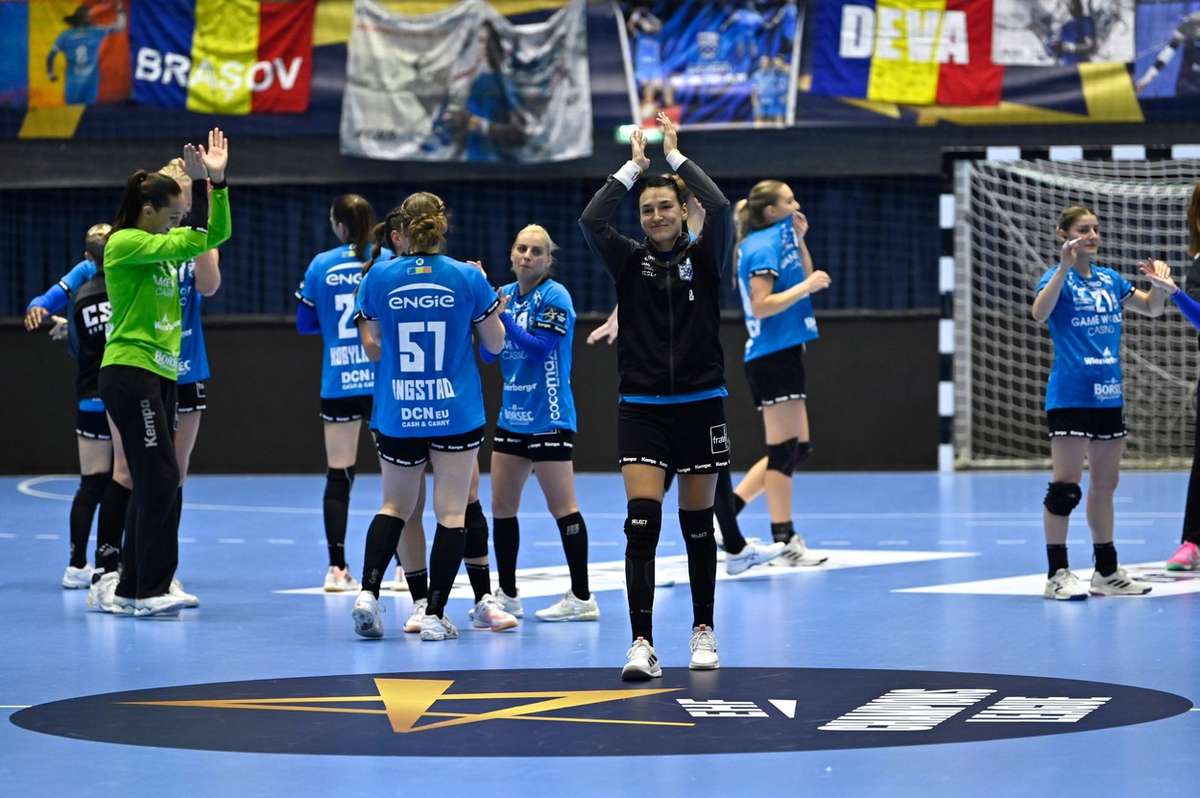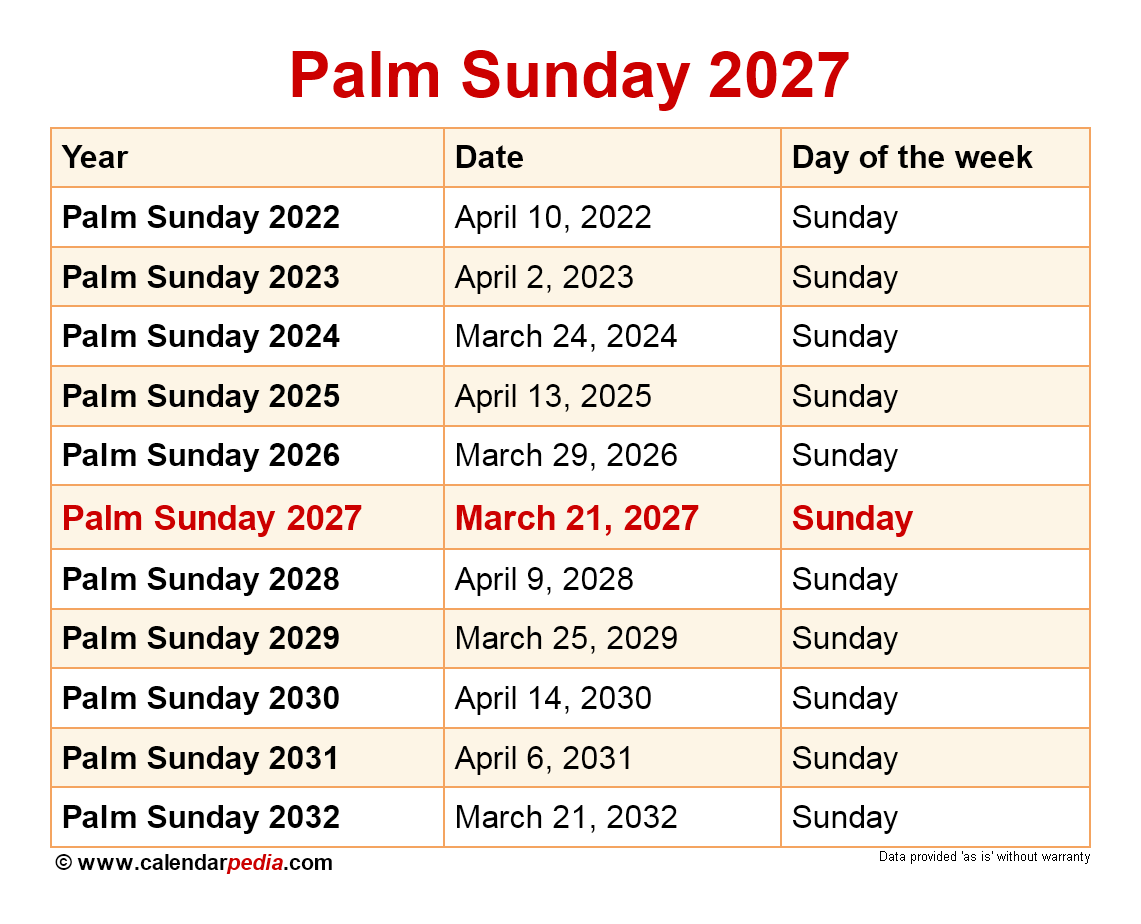Game Industry Cuts: Accessibility Takes The Hit

Table of Contents
The Rising Cost of Accessibility Features
Developing and implementing robust accessibility features is far from trivial; it represents a significant financial investment for game developers. Creating truly inclusive experiences requires more than simply adding subtitles. Consider the complexities involved:
- Specialized development tools and expertise: Building features like customizable controllers, alternative input methods (e.g., eye tracking, switch controls), and adaptive difficulty settings requires specialized software and developers with expertise in assistive technology. This expertise is not always readily available, driving up costs.
- Extensive playtesting with disabled gamers: Meaningful accessibility isn't achieved through guesswork. Rigorous testing with diverse gamers with disabilities is crucial to identify and address usability issues. This involves recruiting participants, providing compensation, and carefully analyzing feedback, all adding to the expense.
- Ongoing maintenance and updates: Accessibility isn't a one-time fix. Ongoing maintenance, updates, and bug fixes are necessary to ensure compatibility with evolving hardware and software, demanding additional resources.
The perception that accessibility features are a niche market, not worth the investment, is a dangerous misconception. While the target audience might be smaller than the general gaming population, it's a significant and underserved market with considerable spending power. Ignoring it represents a substantial loss of potential revenue and goodwill.
Accessibility Cuts in AAA vs. Indie Games
The impact of budget cuts differs significantly between large AAA studios and smaller independent developers.
- AAA studios: Often, AAA studios respond to budget constraints by cutting back on less-visible accessibility features or delaying their implementation. Features like detailed audio descriptions or robust colorblind modes might be the first to go, even though they greatly enhance the gaming experience for many players.
- Indie studios: Indie developers often face a more stark choice: sacrifice accessibility entirely or delay the release of their game to secure additional funding. The financial pressures on small, independent teams can be immense, making accessibility features a luxury they simply cannot afford.
This disparity highlights the disproportionate impact on indie developers who already operate on tighter budgets and smaller teams. Their contributions to the gaming landscape are invaluable, and losing their commitment to accessibility would be a significant blow to inclusive gaming.
The Long-Term Consequences of Neglecting Accessibility
Neglecting accessibility is not just a matter of inconvenience; it carries profound ethical and practical implications.
- Loss of a significant player base: Excluding disabled gamers means losing a substantial portion of the potential market, hindering the overall growth and profitability of the industry.
- Negative PR and damage to brand reputation: In today’s connected world, ignoring accessibility can result in negative publicity, boycotts, and lasting damage to a company's reputation.
- Missed opportunities for innovation and inclusive game design: Prioritizing accessibility can lead to innovative design solutions that benefit all players, not just those with disabilities.
Furthermore, the legal landscape is evolving. Increasingly stringent regulations regarding accessibility in digital products are emerging worldwide, potentially leading to legal challenges for companies that fail to meet minimum accessibility standards.
The Voice of Disabled Gamers
"It's incredibly frustrating to find a game I'm excited about, only to discover it's completely unplayable because of a lack of basic accessibility options," says Sarah, a gamer with visual impairments. "It feels like developers are actively excluding us."
This sentiment is echoed by many disabled gamers who highlight the importance of involving them in the design and development process. Their input is crucial for ensuring that accessibility features are truly effective and meet the needs of the diverse disabled gaming community.
Conclusion
The game industry’s cost-cutting measures are disproportionately impacting accessibility features, resulting in significant consequences for disabled gamers and the industry as a whole. This trend underscores a larger ethical and economic problem that demands immediate attention. We must advocate for inclusive game design and ensure that accessibility is prioritized, not sacrificed. Let’s demand better from game developers and publishers, pushing for more accessible games and a more inclusive gaming experience for all. Let's make sure game industry cuts do not disproportionately impact gaming accessibility.

Featured Posts
-
 Rybakina Priznalas Moya Forma Daleka Ot Ideala
May 23, 2025
Rybakina Priznalas Moya Forma Daleka Ot Ideala
May 23, 2025 -
 Family Honor Tradition The New Karate Kid Legends Trailer
May 23, 2025
Family Honor Tradition The New Karate Kid Legends Trailer
May 23, 2025 -
 Employee Quits Pub Landlord Unleashes Profanity Laced Rant
May 23, 2025
Employee Quits Pub Landlord Unleashes Profanity Laced Rant
May 23, 2025 -
 Sheinelle Jones Speaks On Daily Life Following Today Show Absence
May 23, 2025
Sheinelle Jones Speaks On Daily Life Following Today Show Absence
May 23, 2025 -
 Victorie Clara Pentru Georgia In Liga Natiunilor Impotriva Armeniei 6 1
May 23, 2025
Victorie Clara Pentru Georgia In Liga Natiunilor Impotriva Armeniei 6 1
May 23, 2025
Latest Posts
-
 Is Neal Mc Donough Returning To Tulsa King Season 3 Sylvester Stallone And The Latest News
May 23, 2025
Is Neal Mc Donough Returning To Tulsa King Season 3 Sylvester Stallone And The Latest News
May 23, 2025 -
 Neal Mc Donough From Bull Riding To The Pope His Last Rodeo
May 23, 2025
Neal Mc Donough From Bull Riding To The Pope His Last Rodeo
May 23, 2025 -
 What Date Is Memorial Day In 2025 A Complete Guide
May 23, 2025
What Date Is Memorial Day In 2025 A Complete Guide
May 23, 2025 -
 Sylvester Stallone In Tulsa King Season 3 Latest Cast Updates And Filming Details
May 23, 2025
Sylvester Stallone In Tulsa King Season 3 Latest Cast Updates And Filming Details
May 23, 2025 -
 Memorial Day Weekend 2025 Everything You Need To Know
May 23, 2025
Memorial Day Weekend 2025 Everything You Need To Know
May 23, 2025
